Vatsal Shah
Certified ScrumMaster® | Agile Technical Project Manager
PyTorch Lightning: Simplifying AI Model Training
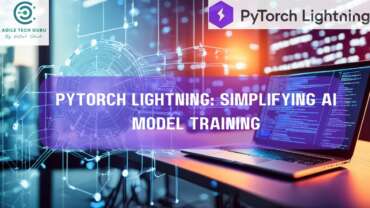
Introduction to PyTorch Lightning:

In the vanguard of AI development, PyTorch Lightning stands as a beacon of simplification, enabling researchers and developers to craft cutting-edge models without the usual convolution. This high-level framework is redefining the paradigms of machine learning, making the process more accessible, maintainable, and scalable.
As we delve into the intricacies of this framework, we’ll discover how it’s leveling the playing field, allowing individuals to focus on the core aspects of their models, while it takes care of the underlying complexity.
Here’s a sneak peek into the transformative journey of AI model training with PyTorch Lightning:
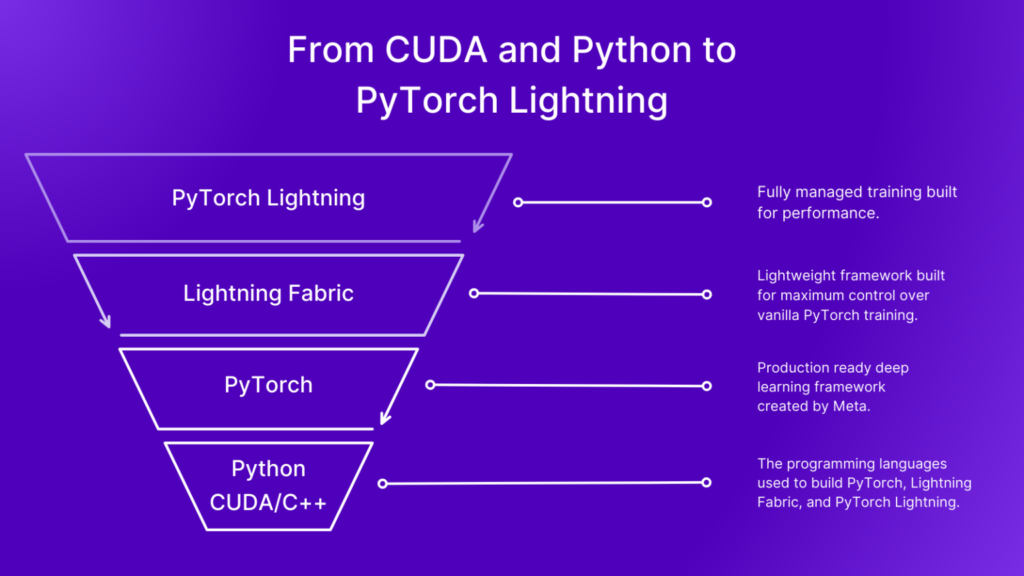
In the realm of machine learning, PyTorch Lightning emerges as a prodigious facilitator, streamlining the convoluted process of AI model training. This high-caliber framework offers an abstracted interface that accentuates the essence of your models while automating the laborious coding scaffolding that typically encumbers developers. Its burgeoning ecosystem is a testament to its efficacy, with a consortium of developers and researchers continually augmenting its capabilities.
Key Points:
- Simplifies the model training process, allowing developers to focus on the model’s architecture and logic
- Provides an interface that is both intuitive and potent, catering to both novices and seasoned experts
- Encourages reproducible research and fosters collaboration within the machine learning community
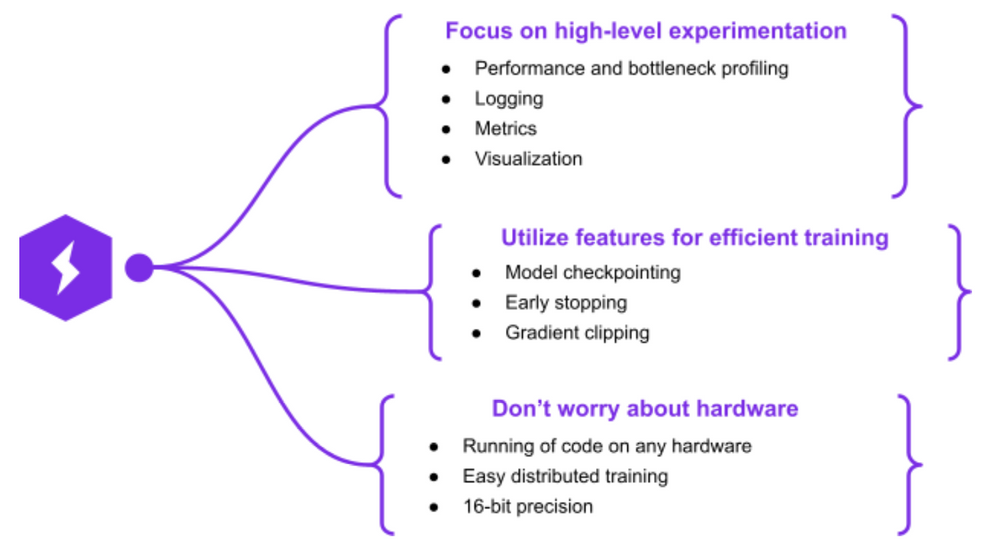
The Core Advantages of PyTorch Lightning:
PyTorch Lightning is not just another library; it is a robust tool that is revolutionizing the way we approach AI model training. Its design philosophy is predicated on four core pillars that synergistically work to empower developers.
- Abstraction Without Sacrifice: PyTorch Lightning provides a high level of abstraction, which means you can define complex models without getting bogged down in boilerplate code. Yet, it preserves the flexibility and control that PyTorch is known for.
- Reproducibility and Modularity: It encourages best practices by enabling more structured code, which in turn makes your experiments easily reproducible—an essential aspect of scientific research.
- Scalability: Whether you’re training on a single GPU or across a multi-node cluster, PyTorch Lightning handles the underlying complexities, allowing you to scale your models effortlessly.
- Community and Ecosystem: Being open-source, it has cultivated a vibrant community where knowledge and tools are shared, making the framework robust and feature-rich.
Let’s further dissect these revolutionary facets:

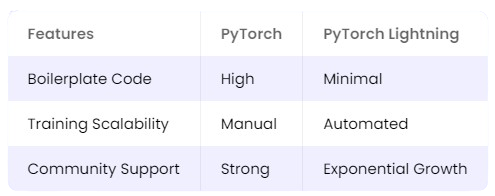
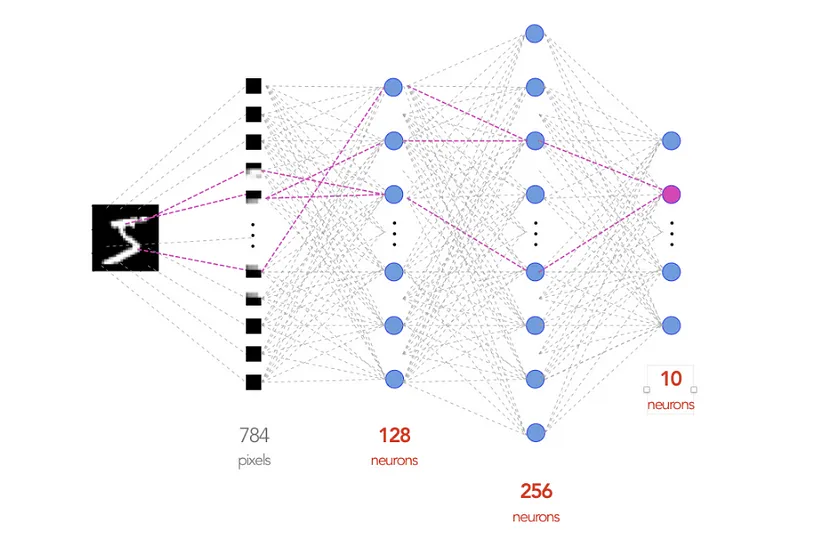
Implementing PyTorch Lightning: A Step-by-Step Guide
Now that we’ve explored the theoretical benefits, let’s delve into the practical application. Implementing PyTorch Lightning can be distilled into a few essential steps that streamline the process of model training:
- Scaffold Your Project: Structure your project by separating the concerns—data, model, training, and validation—into distinct classes and modules.
- Data Preparation: Use Lightning’s
DataModuleto encapsulate all the data handling, ensuring a clean separation of logic. - Define the Model: Leverage Lightning’s
LightningModuleto define your model, loss computations, optimizer, and learning rate schedules. - Training and Validation: Instantiate a
Trainerobject and define your training regime, including callbacks and early stopping. - Logging and Monitoring: With integrations for tools like TensorBoard and MLflow, you can effortlessly track your experiments and model performance.
To make these steps more tangible, let’s visualize the workflow:

Conclusion: Fueling the Future of AI Development
PyTorch Lightning is not merely a tool; it’s a movement towards more efficient, reproducible, and scalable AI development. By abstracting the complexity and boilerplate code, it leaves developers free to innovate and push the boundaries of what’s possible.
With its growing community and ecosystem, PyTorch Lightning is well on its way to becoming the benchmark for AI model training. Whether you’re a novice just beginning your journey or an expert looking to streamline your workflow, PyTorch Lightning has something to offer.
Embrace the lightning-fast capabilities of this powerful framework, and let it illuminate the path to AI excellence.
